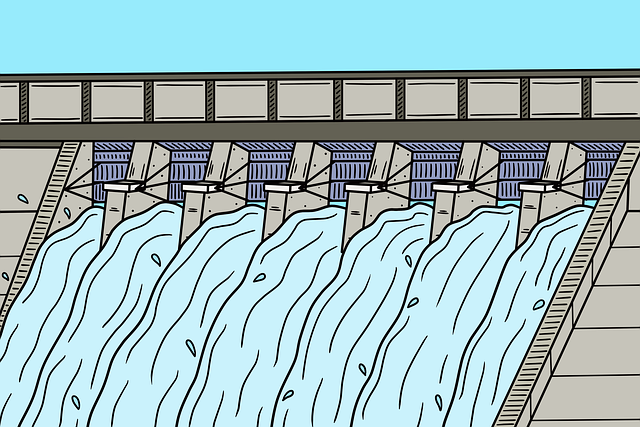After a flood, swift action is crucial for drying out a New Braunfels home (How to dry out a flooded house in New Braunfels) to prevent mold and structural damage. This involves stopping water sources, assessing damage with moisture meters, and using specialized equipment like dehumidifiers, air movers, and heaters to expedite drying. Damaged materials are removed, areas cleaned, and only then can reconstruction begin, ensuring the home's safe return to pre-flood condition. Initial steps include turning off power, removing standing water, ventilating, monitoring moisture levels, and addressing mold growth within 24-48 hours.
“Water mitigation and structural drying services are vital components in the restoration process after a flood. This comprehensive guide explores the art of saving properties and belongings through effective water removal and drying techniques, especially in the context of New Braunfels.
We’ll delve into the science behind structural drying, offering insights on how to dry out a flooded house efficiently. From understanding the initial steps to implementing best practices, this article equips homeowners with knowledge to navigate post-flood restoration successfully.”
- Understanding Water Mitigation and Structural Drying Services
- The Process of Drying Out a Flooded House in New Braunfels
- Best Practices for Effective Post-Flood Restoration
Understanding Water Mitigation and Structural Drying Services

Water mitigation and structural drying services are crucial steps in recovering from a flood in your New Braunfels home. The first step is to stop the water source, if possible, and then quickly assess the extent of the damage. This involves inspecting for any hidden moisture or potential structural issues that could cause further problems during the drying process.
Professionals in this field use advanced equipment like dehumidifiers, air movers, and heaters to expedite the drying process. They work systematically to remove moisture from every corner of the house, including hard-to-reach areas, to prevent mold growth and structural decay. The goal is not just to dry out the visible areas but also to address the underlying structure and contents, ensuring a complete restoration.
The Process of Drying Out a Flooded House in New Braunfels

After a flood, drying out a home in New Braunfels is crucial to prevent mold growth and structural damage. The process typically starts with an initial assessment by professionals who use advanced moisture meters to determine the extent of water intrusion. Once the scope of work is established, specialized equipment like air movers and dehumidifiers are employed to expedite the drying process. These machines not only remove standing water but also reduce humidity levels, creating an environment unsuitable for mold development.
The next step involves removing damaged materials—like carpeting, insulation, and drywall—that have absorbed significant amounts of water. This is followed by a thorough cleaning and sanitization of the affected areas to kill any existing bacteria or mold spores. Only after all these steps are complete can reconstruction begin, ensuring the home returns to its pre-flood condition as safely and efficiently as possible.
Best Practices for Effective Post-Flood Restoration

When it comes to post-flood restoration, especially in areas like New Braunfels, following best practices ensures a thorough and effective drying process for your home. The first step is immediate action; as soon as possible after the floodwater recedes, begin the drying process to prevent mold growth and structural damage. Start by turning off electrical power at the main circuit breaker to avoid any hazards. Then, remove standing water using pumps or wet/dry vacuums, focusing on areas with high moisture levels like basements and crawl spaces.
Ventilate the entire house by opening windows and doors to allow fresh air in. Use fans strategically to facilitate air circulation, particularly in tight corners and hard-to-reach areas. It’s crucial to monitor the progress of drying using moisture meters to ensure every nook and cranny is dry enough to prevent damage. Regularly check for signs of mold growth, as it can begin within 24-48 hours of flooding, and address it promptly with appropriate cleaning solutions and techniques.
Water mitigation and structural drying services are essential steps in recovering from a flooded home in New Braunfels. By understanding the process and best practices, homeowners can ensure their property is dried effectively and safely, preventing further damage and creating an environment conducive to restoration. When it comes to drying out a flooded house, knowing how to navigate this process is crucial for a successful recovery, ensuring your New Braunfels home is restored to its pre-flood condition.
